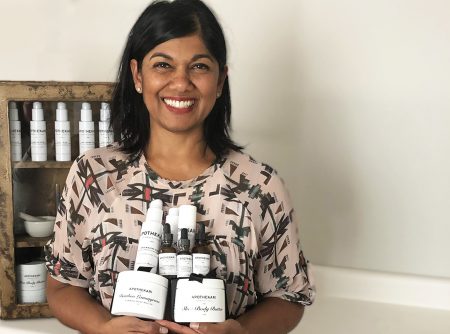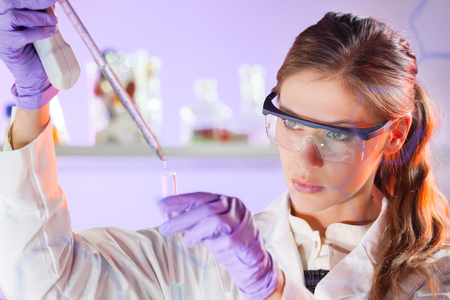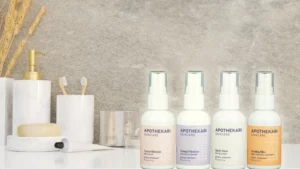Stability testing cosmetics is an important step in the manufacturer of products to ensure that the end result is something that is effective and safe. Well formulated and stable treatments are not only safe and effective, they are also much more pleasant to use.
Like many of you, I’ve purchased cosmetics that separate, or start to smell badly just a short period after opening. It’s possible that the manufacturer of these products may not have tested them adequately to ensure their stability under certain conditions.
Stability testing for cosmetics is a complicated process that involves 3 main tests:
- Physical and Chemical Integrity Tests. Evaluate color, odor/fragrance, pH value, viscosity, texture, flow, and emulsion stability (signs of separation)
- Microbiological Stability Tests. Evaluate the degree of contamination with bacteria, mold, and yeast.
- Packaging Stability Tests. Evaluate the impact of packaging on the contained product.
How To Stability Test
Companies can do stability testing for cosmetics in real time or under ‘accelerated’ conditions, which aim to speed up the results of real time. Most companies perform tests using “Accelerated” Conditions. The actual tests involved vary depending on the product, its packaging and its anticipated shipping, storage, display and use.
The following tests may be conducted:
- High Temperature Testing: High temperature testing is commonly used as a predictor of long-term stability. Storage and stability at a range of high temperatures (between 37 and 45oC) is a good predictor as to how long a product will maintain its integrity.
- Cycle Testing: Often called a freeze-thaw cycle, the product is frozen and thawed three times testing a range of temperatures from below freezing to high room temperature.
- Centrifuge Testing: Centrifuging is the process of rapidly rotating a product to force its contents (typically fluids) to separate out.
- Light Testing: Formulas and packaging can be sensitive to UV radiation. Light testing helps to predict if the product or packaging will discolor in its chosen container.
- Mechanical Shock Testing: As products are transported, shipping movements may damage them. Vibration testing can help to determine if this will happen. Products should also be monitored for changes in color, odor/fragrance, viscosity and pH value.
Microbiological stability tests assess microbial contamination either during the production and filling or during the use of the cosmetic by the consumer. These tests are very important to ensure that the treatment is safe and maintains its quality. In particular, we are concerned about dangerous bacteria. Finally, cosmetics should also be tested to be stable in the container in which they are packaged.
The topic of stability testing for cosmetics sounds like a boring one. Yet, it is a complex process and an important one too.
For your health and safety it’s imperative that the cosmetics you are using have gone through these widely recognized standard tests.







